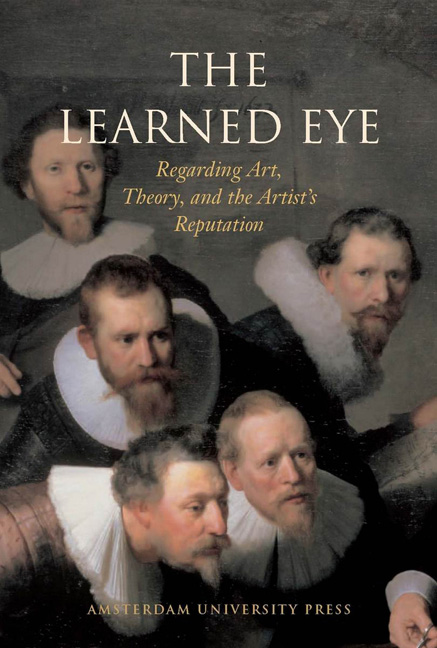‘Das Werk Erdacht und Cirkulirt’. The Position of Architects at the Court of King Ferdinand I of Bohemia and His Son, Archduke Ferdinand II of Austria
Published online by Cambridge University Press: 25 January 2021
Summary
For Ernst van de Wetering who emancipated art historical research and left others at court free to move around.
The triforium of the Saint Vitus cathedral at the Prague castle is decorated with a series of busts. This series, which is dated 1374, shows next to the bust of the Bohemian king Charles IV, his family and some prominent members of his court. The architects Matthias of Arras en Peter Parler share a remarkably prominent position on the same level as their patron. Portraits of builders are not rare in gothic churches; they appear quite often and have even been called traditional. It is therefore not Parler's appearance that surprises, but the fact that his portrait has the same size as the king's and that it is positioned in the same row, at the same level high up at this triforium (FIG. 1). Does this equality in position reveal something about the position of these royal architects in the real court life? Reiner Hausherr thinks so, since he suggests that ‘maybe already in fourteenth century Prague a kind of Renaissance-like emancipation existed in the manners of patron and artists’. Unfortunately no sources are known that could prove this assumption, as the author concludes sadly.
With this Renaissance-like emancipation Hausherr postulates the change that would have taken place in the position of artists during the fifteenth century. In this period artists supposedly liberated themselves from their position as artisans without a say, bound by all kinds of rules, and began to function as intellectual advisers in close contact with their patrons. Court artists discussed with their patron the way his court should be designed in order to represent his power.
In the following text I would like to pose the same question as Hausherr does on the position of the artists, but here focused on the Prague court between 1527 and 1567. This was the period the Renaissance entered Bohemia seriously, as has been pointed out by authors who analysed the changed forms and designs of the royal commissions. These changes were mostly based on the studies of the classical and the Italian art theories and inspired by changes at the Italian courts.
- Type
- Chapter
- Information
- The Learned EyeRegarding Art, Theory, and the Artist’s Reputation, pp. 140 - 150Publisher: Amsterdam University PressPrint publication year: 2005



